Business aviation pledges net-zero carbon by 2050
Business aviation leaders have pledged to achieve net-zero CO2 emissions by 2050 as they expanded on a set of bold climate commitments made a decade ago, marking the latest in a string of new sustainability announcements at their main event of the year.
At the National Business Aviation Association’s 2021 Business Aviation Convention & Exhibition (NBAA-BACE) in October 2021 (USA), the heads of the General Aviation Manufacturers Association (GAMA), International Business Aviation Council (IBAC) and NBAA also said the industry would continue its goal of increasing fuel efficiency 2% per year between 2020 and 2030.
These new ambitions build on the Business Aviation Commitment on Climate Change (BACCC) made in 2009, when the industry said it would reduce carbon emissions 50% by 2050, increase fuel efficiency 2% per year from 2010 to 2020 and achieve carbon-neutral growth by 2020.
“I’m incredibly proud to say that the industry is on track to meet or exceed those goals,” NBAA President and CEO Ed Bolen said at a media breakfast kicking off the convention. “This is a testament to the value of a unified partnership among operators, manufacturers, fuelers, service providers and many others. With our collective focus and determination, we can achieve carbon-neutrality in our lifetimes.”
General Aviation Manufacturers Association (GAMA) President and CEO, Pete Bunce, said that technology advancements would be a key component to reaching the BACCC’s milestone. He pointed to lighter materials; reduction of parts through additive manufacturing; propulsion innovation; alloys; skin coatings and active winglets as just some of the many areas where further improvements will have impact.
“As higher blends of SAF [Sustainable Aviation Fuel] become approved for production, we will be able to further optimise fuel efficiency through technological advancements to achieve our environmental goals,” Bunce said. “Our industry also has a proven track record of capitalising upon innovations in the air traffic control infrastructure to further reduce emissions. Additionally, dramatic improvements in avionics and data communications capabilities will increase operational contributions to reducing emissions. When merged with the exciting new designs employing electric distributed propulsion, hydrogen and SAF hybrid aircraft, we are confident that innovation will keep us marching toward our net-zero goals”
IBAC Director General, Kurt Edwards, also highlighted the other key focuses of the updated Business Aviation Commitment on Climate Change: increased production, availability and use of SAF, and the adoption of new market-based initiatives.
“SAF and initiatives like carbon-offsets will continue to be a key piece of the puzzle in carbon-emissions reduction,” Edwards said.
The NBAA-BACE convention’s new carbon-offset programme made it one of the world’s largest carbon-neutral events, and nearly 100 exhibitors signed a Green Pledge to limit their environmental footprint for the convention. See nbaa.org/bace




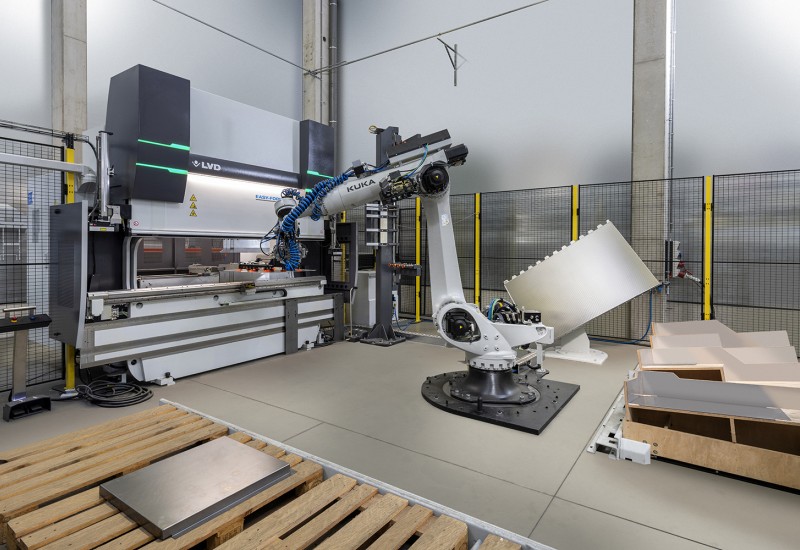


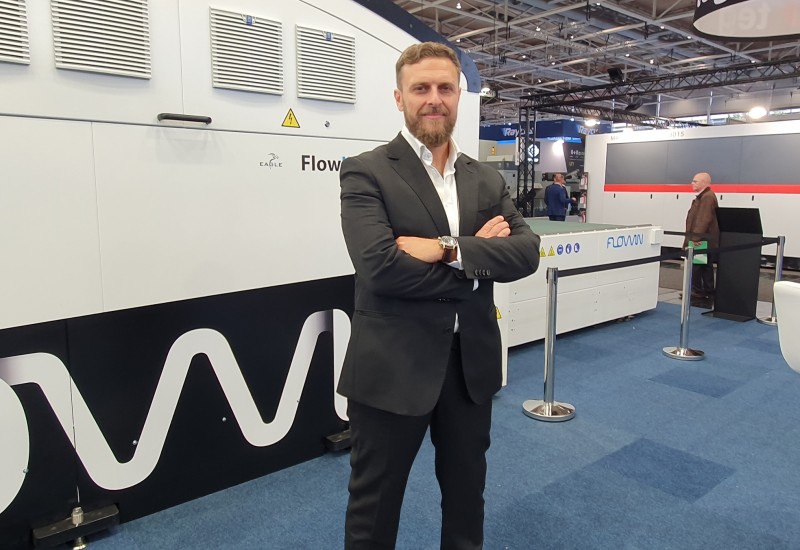
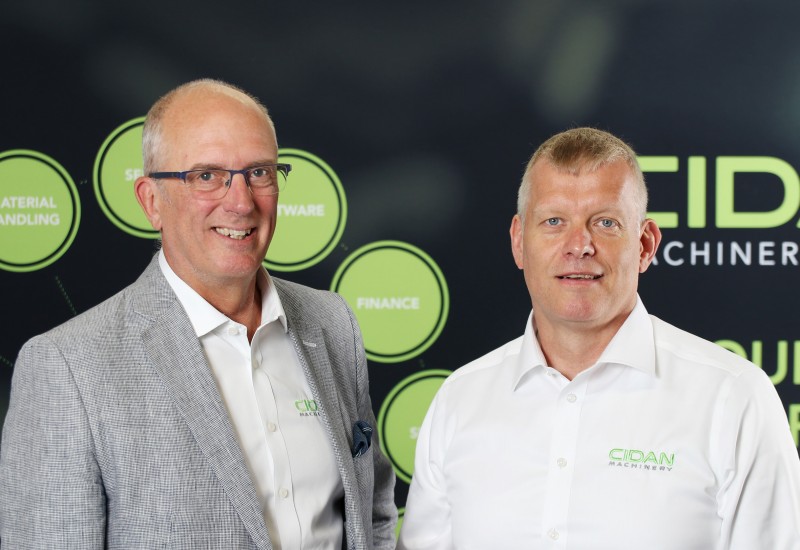
















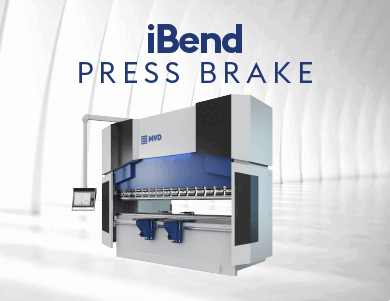
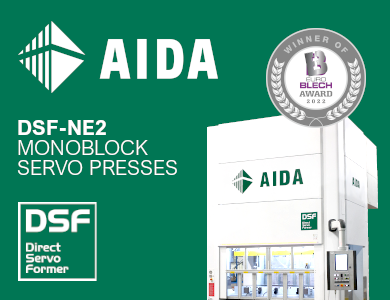



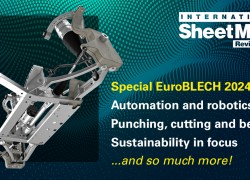

Recent comments